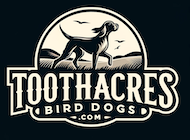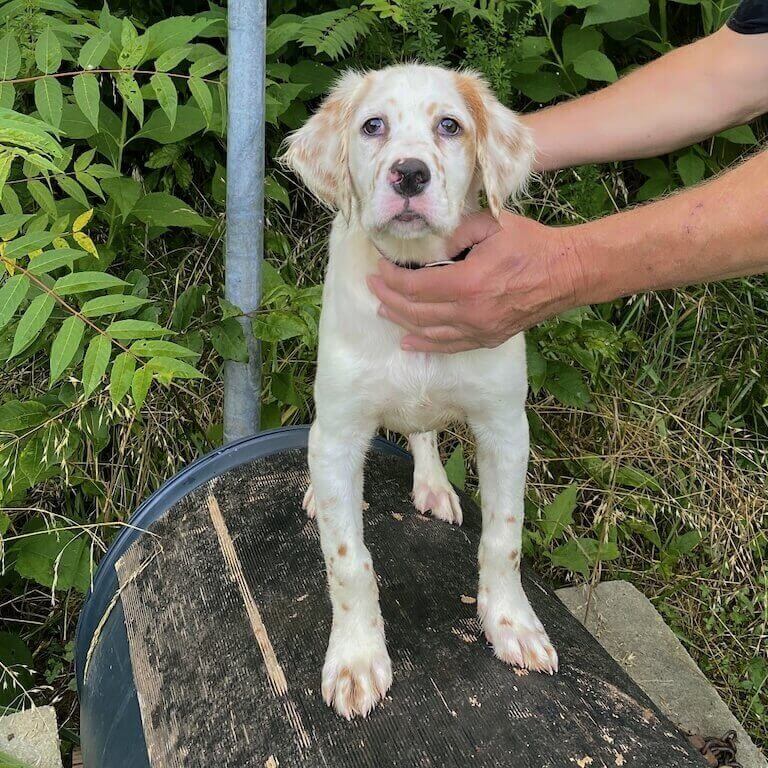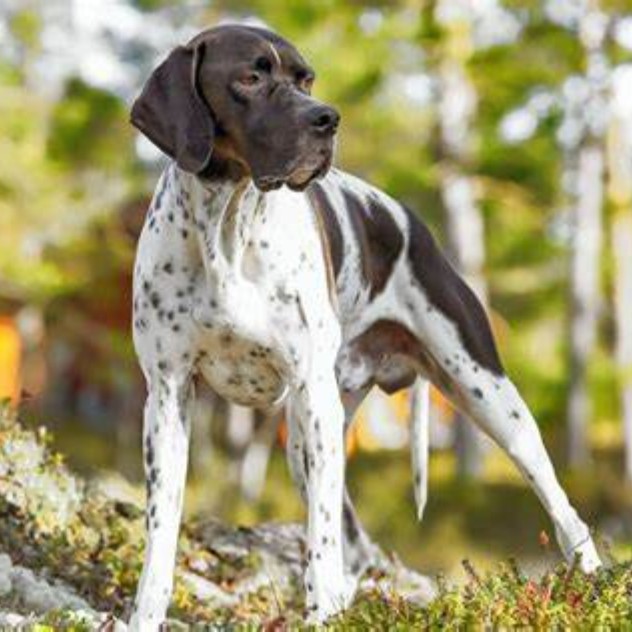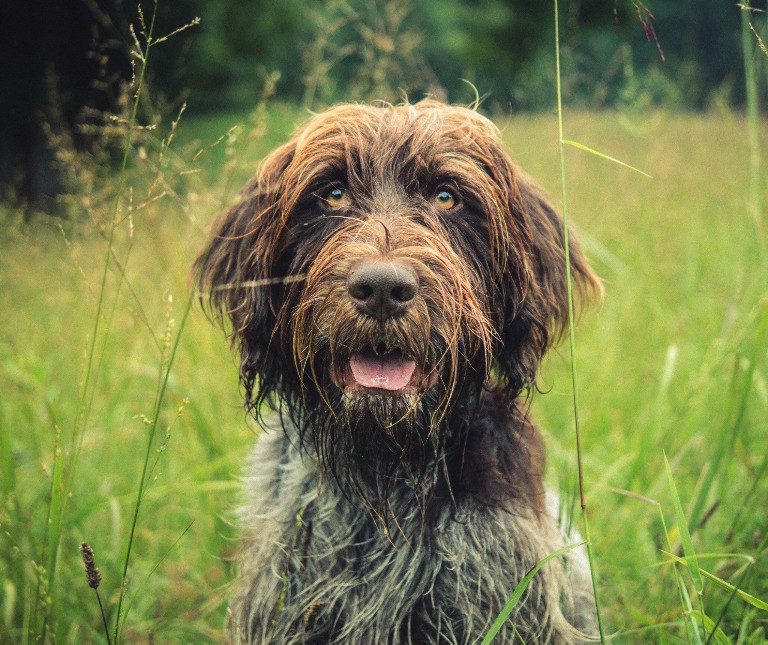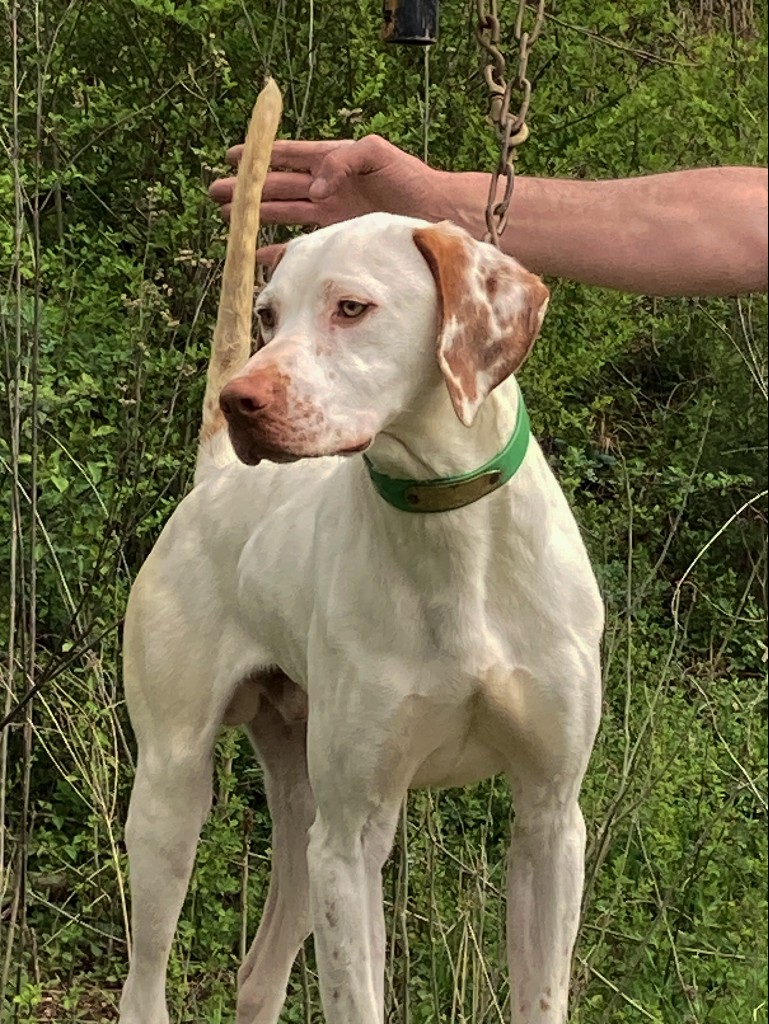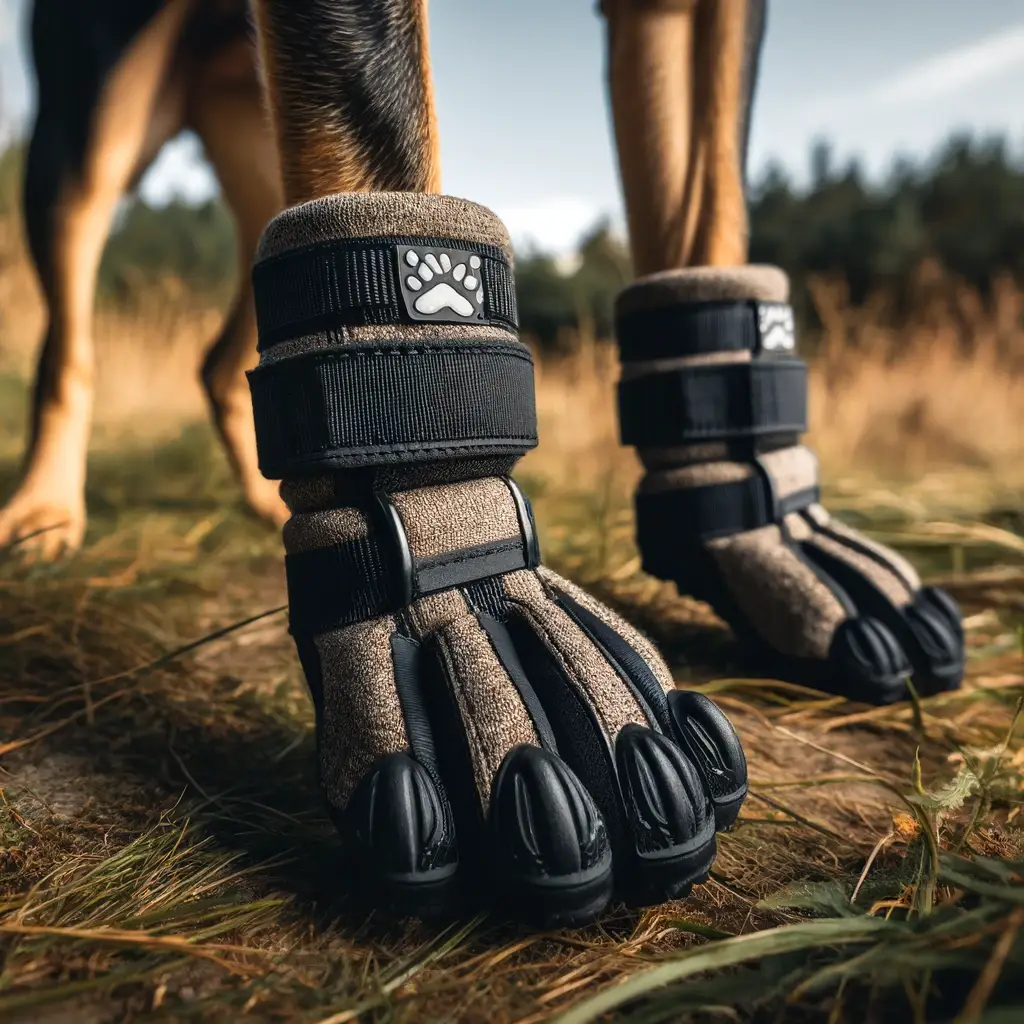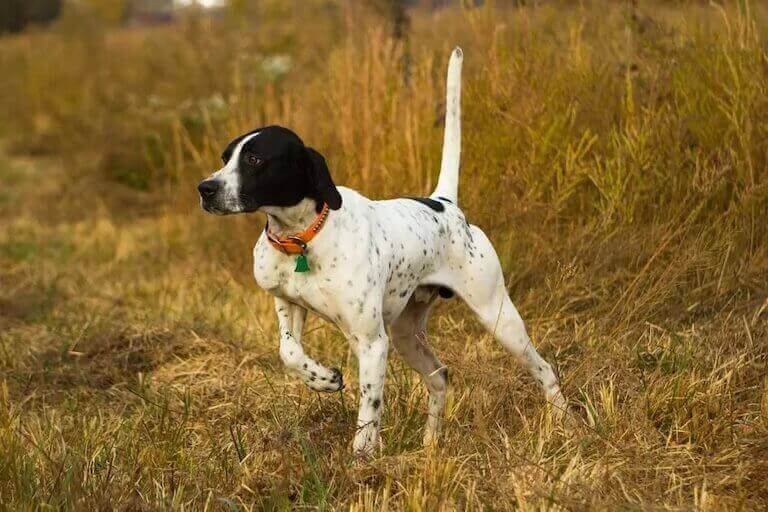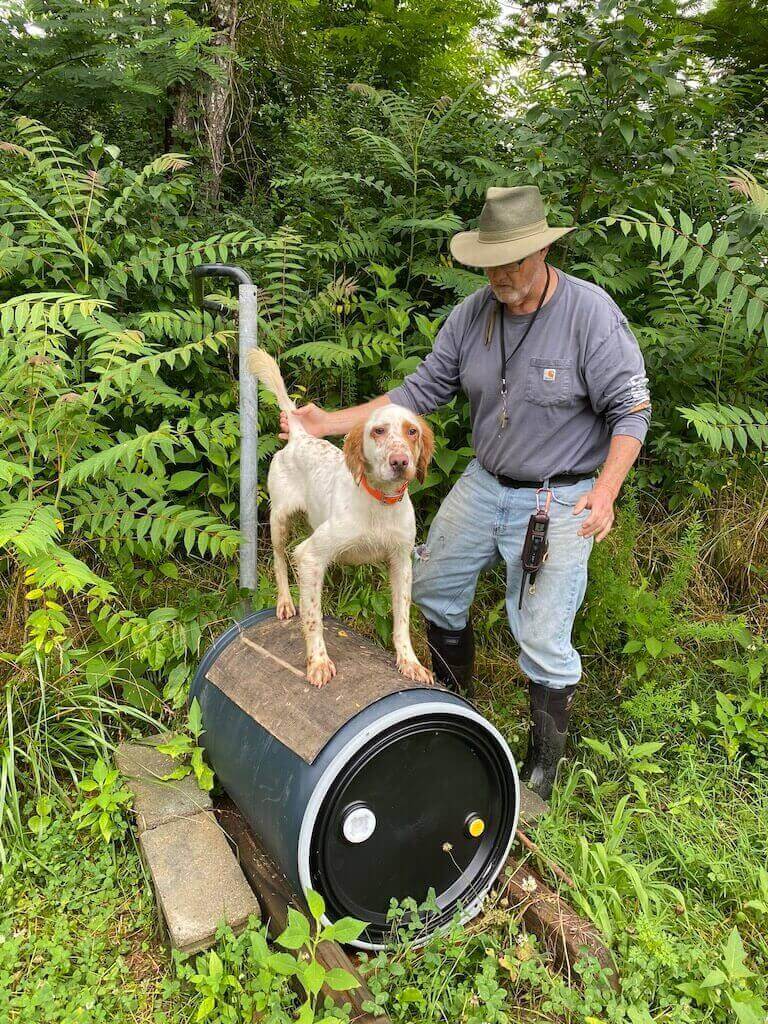Field trials are a fantastic way to showcase the natural abilities and training of bird dogs. At Tooth Acres Bird Dogs, we’ve developed a comprehensive training program focused on transforming Pointers, Setters, and Spaniels from young pups into skilled field trial competitors. Whether you’re just getting started or looking to refine your training approach, this guide will walk you through each stage of development, ensuring your bird dog is ready to shine in the field.
Introduction to Field Trials
- What Are Field Trials? Field trials are competitive events that test the natural hunting instincts and training of bird dogs. They simulate real hunting conditions, judging dogs on their ability to find, point, or flush birds, as well as their obedience and overall performance.
- Why Participate? Field trials are not only a great way to showcase your dog’s skills, but they also help to refine and enhance those skills in a competitive environment, making your dog a better hunting companion.
Choosing the Right Puppy
- Selecting a Breed:
- Pointers: Known for their strong instinct to locate and point game birds, Pointers are highly energetic and have excellent stamina.
- Setters: Setters, including English, Irish, and Gordon Setters, are versatile dogs known for their keen sense of smell and graceful pointing.
- Spaniels: Spaniels, such as English Springer Spaniels and Cocker Spaniels, are flushers rather than pointers. They excel in finding and flushing birds from cover.
- Evaluating Breeding Lines:
- Reputable Breeders: Research breeders with proven field trial lines. Look for those with a history of producing successful competitors.
- Health Clearances: Ensure that the puppy’s lineage includes health clearances and a history of sound temperament and performance in field trials.
Early Development (8 Weeks to 6 Months)
- Socialization:
- Exposure to Environments: Introduce the puppy to various environments, people, and other animals to build confidence and adaptability.
- Basic Commands: Start with simple commands like “sit,” “stay,” and “come,” using positive reinforcement techniques.
- Introduction to Birds:
- Controlled Bird Interaction: Allow the puppy to interact with live birds in a controlled setting to stimulate their natural hunting instincts.
- Playing with Bird Wings: Use bird wings and feathers to engage the puppy and encourage interest in hunting activities.
- Basic Obedience Training:
- Positive Reinforcement: Focus on building a strong foundation of obedience using rewards and positive reinforcement.
- Reliable Response: Ensure the puppy responds consistently to basic commands before progressing to more advanced training.
Formal Training (6 Months to 1 Year)
- Field Introduction:
- Safe Training Areas: Begin field training sessions in open, safe areas where the pup can explore and become familiar with the sights, sounds, and smells of the field.
- Sensory Acclimatization: Gradually expose the pup to the various elements they’ll encounter in the field, such as different terrains and weather conditions.
- Developing Pointing and Flushing Skills:
- Pointers and Setters: Use planted birds to encourage and reinforce pointing behavior. Reward the dog when they point correctly, reinforcing this natural instinct.
- Spaniels: Train Spaniels for flushing by encouraging them to work close to you and respond to the command to flush the bird.
- Gun Acclimatization:
- Gradual Introduction: Introduce the sound of gunfire gradually, starting with distant shots and moving closer over time.
- Positive Association: Associate gunfire with positive experiences, such as retrieving a downed bird, to build a positive response.
Advanced Training (1 Year and Older)
- Steady to Wing and Shot:
- Remaining Steady: Train the dog to remain steady when the bird flushes and the gun is fired. Use a combination of check cords and positive reinforcement to reinforce this behavior.
- Retrieving Training:
- Encouraging Retrieving: Foster the dog’s natural retrieving instincts by using training dummies and gradually introducing real birds.
- Controlled Retrieval: Ensure that the dog retrieves consistently and returns the bird to hand.
- Honoring Other Dogs:
- Respecting Other Dogs: Train the dog to honor the point or flush of another dog, maintaining their position until the other dog completes its work.
- Controlled Practice: Practice honoring in controlled settings with other trained dogs to build reliability.
Field Trial Preparation
- Simulated Trials:
- Mock Competitions: Conduct mock field trials to simulate the competition environment, helping your dog become comfortable with the format and expectations.
- Performance Polishing: Focus on polishing performance, ensuring the dog responds to commands promptly and performs reliably under trial conditions.
- Fitness and Conditioning:
- Regular Exercise: Maintain the dog’s physical fitness through regular exercise, keeping them in peak condition for field trials.
- Peak Condition: Ensure the dog is well-conditioned to handle the physical demands of field trials, with a focus on endurance and stamina.
- Final Testing and Fine-Tuning:
- Skill Testing: Test the dog’s skills in various field conditions to assess their readiness.
- Precision Training: Fine-tune any areas that need improvement, focusing on consistency, precision, and reliability in performance.
Conclusion: Training a bird dog for field trials is a rewarding journey that requires patience, consistency, and dedication. By following this program, you’ll develop a well-rounded, skilled competitor ready to excel in the field. Remember, every dog is unique, so be prepared to adjust the training to suit your dog’s individual needs and progress. Happy training!
